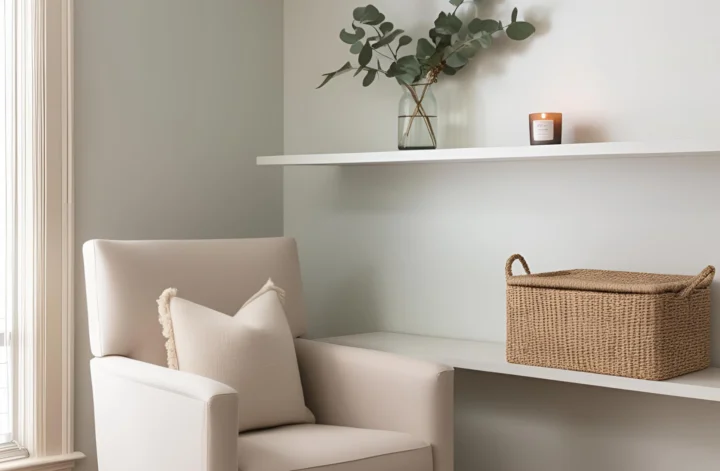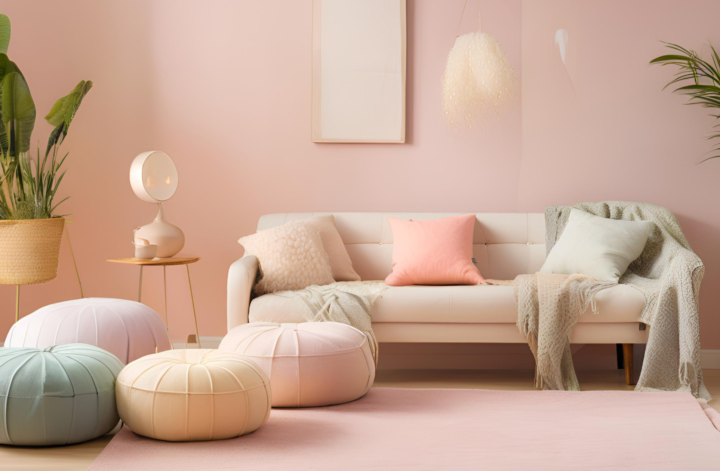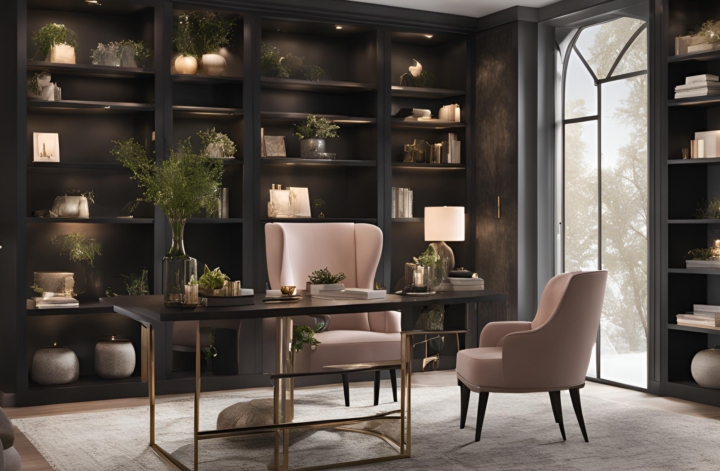Why a Clutter-Free Therapy Office Matters
This post contains affiliate links. I may earn a small commission at no extra cost to you.
Imagine walking into a therapy office where stacks of paperwork pile up on the desk, bookshelves overflow with unread materials, and miscellaneous objects clutter every surface. Now, picture a minimalist therapy office—clean, intentional, and calming. The difference isn’t just aesthetic; it’s psychological.
A decluttered therapy office creates an atmosphere of calm, clarity, and professionalism, helping both therapists and clients feel more at ease. Clutter can increase stress and mental overwhelm, while a clean and simple space promotes focus, relaxation, and emotional openness.
With intentional organization, smart storage solutions, and a minimalist approach, you can transform your therapy office into a peaceful and distraction-free retreat. In this guide, we’ll cover science-backed benefits of decluttering, step-by-step organization techniques, and long-term maintenance habits to keep your office feeling fresh and inviting.
1. The Psychology of Clutter: How It Affects the Therapy Experience
Key Takeaway: Clearing one zone at a time—desk, shelves, supplies—reduces visual overload and boosts focus.
Scientific research has shown that cluttered environments contribute to stress, decision fatigue, and difficulty focusing. In a therapy setting, an overwhelming space can:
✔ Make clients feel unsettled – A messy office can subconsciously increase anxiety and create sensory overload, making deep emotional work harder.
✔ Reduce therapist focus – A cluttered workspace can drain mental energy, making it harder for therapists to stay present and engaged.
✔ Disrupt the sense of safety – An organized, structured space provides psychological comfort, helping clients feel at ease and supported.
Minimalism isn’t about getting rid of everything—it’s about choosing what truly adds value to the space. Every item in your therapy office should have a purpose, whether functional or aesthetic.

2. Step-by-Step Guide to Decluttering a Therapy Office
Key Takeaway: Work zone by zone—desk, shelves, supplies—to build momentum and avoid overwhelm.
Decluttering a therapy office isn’t just about removing excess items—it’s about creating a system that keeps the space organized long-term. Follow these step-by-step decluttering strategies to transform your office into a minimalist retreat.

Step 1: Start with Surfaces
- Clear off desks, tables, and shelves – Only keep essential items in view.
- Remove decor that feels excessive – Stick to one or two meaningful decor pieces per surface.
Step 2: Purge Unnecessary Items
- Sort through bookshelves – Keep only the most valuable therapy books you actively use.
- Eliminate office supply clutter – Donate or store extra pens, notebooks, or outdated paperwork.
- Declutter digital files – Organize notes and session records electronically to reduce paper buildup.
Step 3: Use Smart Storage Solutions
- Store essential but visually disruptive items in closed cabinets.
- Use neutral-toned baskets to hide blankets, tissues, or small supplies.
- Create a designated drawer system to store office essentials out of sight.
3. Smart Storage Solutions for a Minimalist Therapy Office
Key Takeaway: Use uniform baskets and closed cabinets to hide supplies while keeping essentials within reach.
Minimalist spaces rely on hidden and discreet storage solutions to keep everything organized while maintaining an open, airy feel.
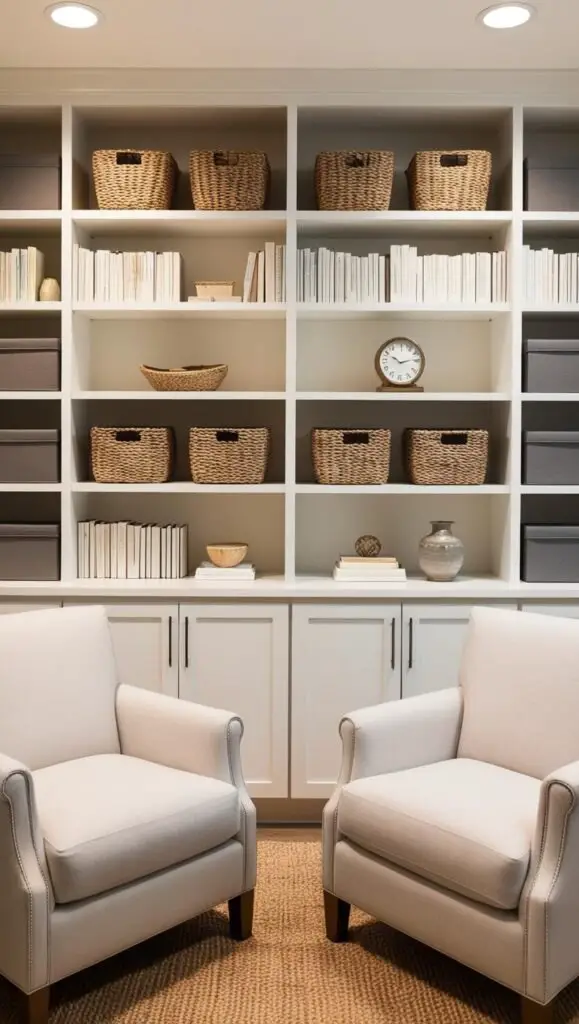
Best Storage Solutions for Therapy Offices:
✔ Floating Shelves – Keep only a few hand-picked books or decor items.
✔ Closed Cabinets & Drawers – Hide paperwork, therapy tools, and supplies.
✔ Neutral-Toned Storage Baskets – Perfect for storing blankets, tissues, or small essentials.
✔ File Folders & Digital Organization – Reduce paper clutter with sleek file organizers or cloud storage.
4. Minimalist Desk Setup: Keeping Your Workspace Clean & Functional
Your desk setup should promote focus and productivity. A cluttered desk can create mental fatigue, making it harder to stay engaged with clients.
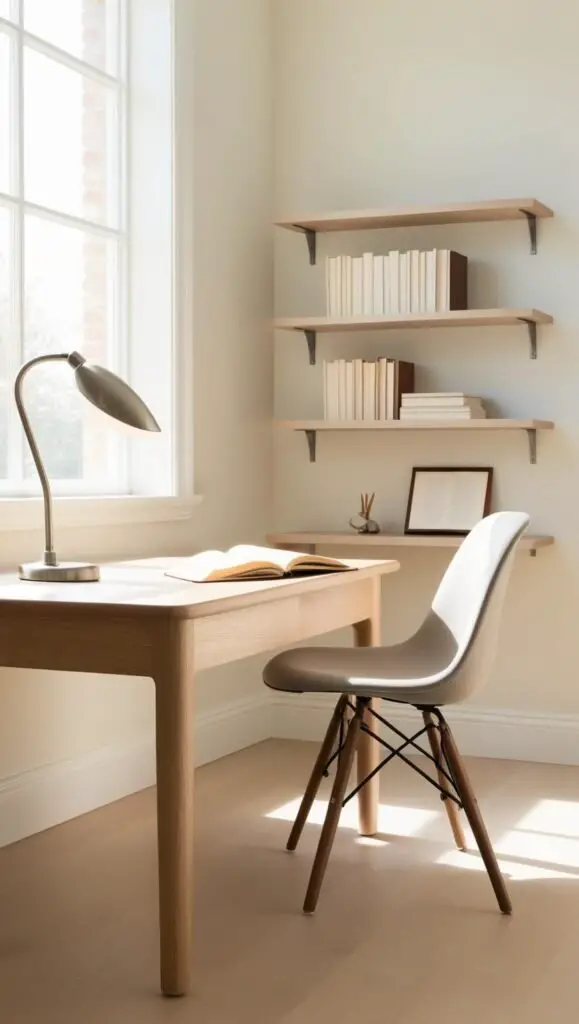
How to Maintain a Minimalist Desk Setup:
✔ Limit Desk Accessories – Keep only a lamp, notepad, and one personal decor piece.
✔ Use a Hidden Drawer System – Store essentials out of sight but within reach.
✔ Adopt a Paperless System – Use a tablet or laptop for note-taking instead of excessive paper.
✔ Clean Your Desk Daily – A 2-minute tidy-up at the end of each workday prevents buildup.
5. Maintaining a Clutter-Free Therapy Office Long-Term
Key Takeaway: Spend 5 minutes at day’s end returning items to their homes to prevent clutter from creeping back.
Decluttering once isn’t enough—habits need to be in place to keep your therapy office consistently clean and inviting.
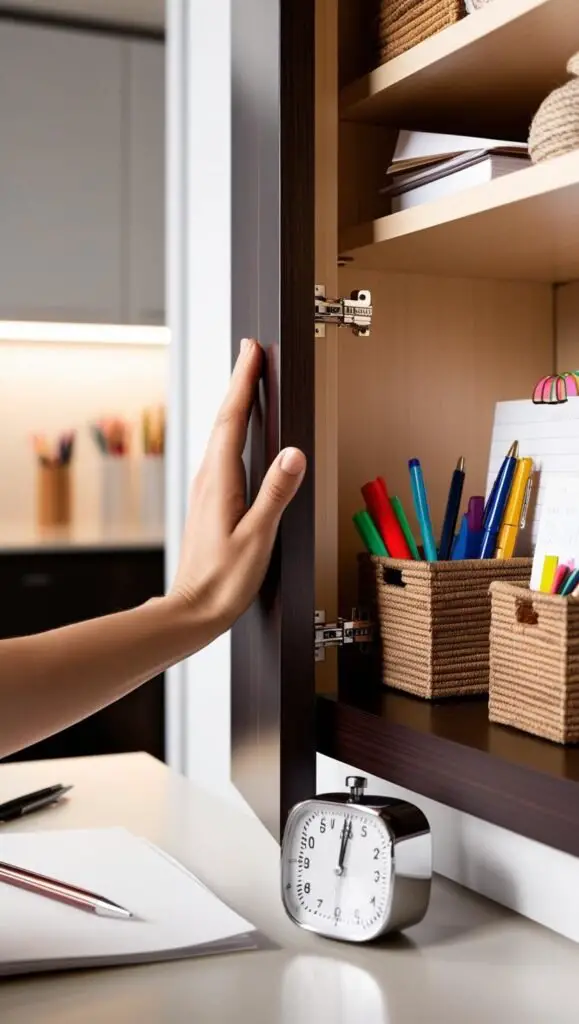
Daily & Weekly Habits for a Minimalist Therapy Office:
✔ Daily:
- Clear all surfaces at the end of the day.
- Return everything to its designated place.
✔ Weekly:
- Declutter any items that don’t belong in the space.
- Refresh decor by rotating plants or small pieces.
✔ Monthly:
- Purge unnecessary papers, supplies, or books.
- Evaluate the space—does it still feel calm and open?
A Therapy Office That Feels Light, Calm, and Organized
Decluttering your therapy office doesn’t mean making it sterile—it means creating a space that feels intentional, peaceful, and easy to maintain. A minimalist approach to organization ensures that both you and your clients feel more focused, comfortable, and present during each session.
By following these simple decluttering strategies, your therapy office can become a calming retreat—a space that fosters clarity, relaxation, and emotional openness.
For a full 7‑day office makeover plan, see our Complete Guide to Designing a Calming Therapy Office.
